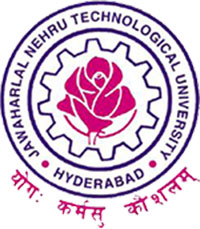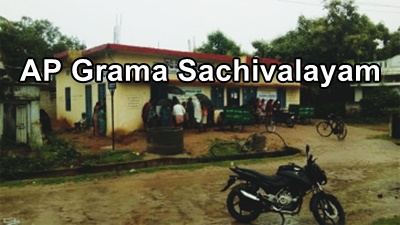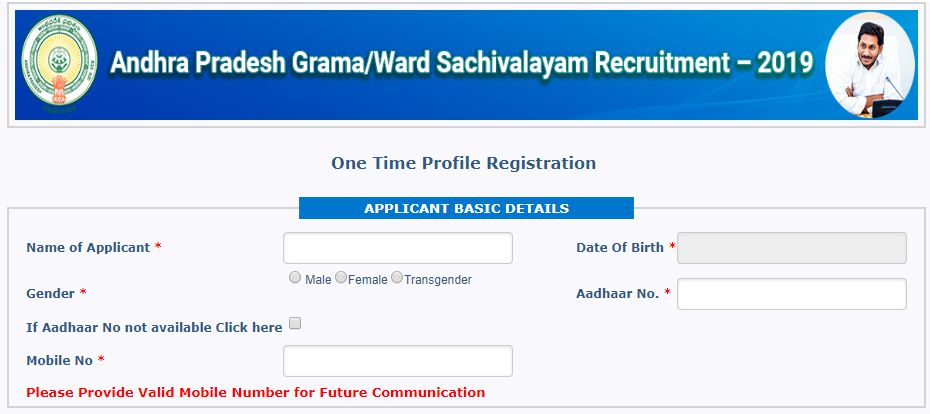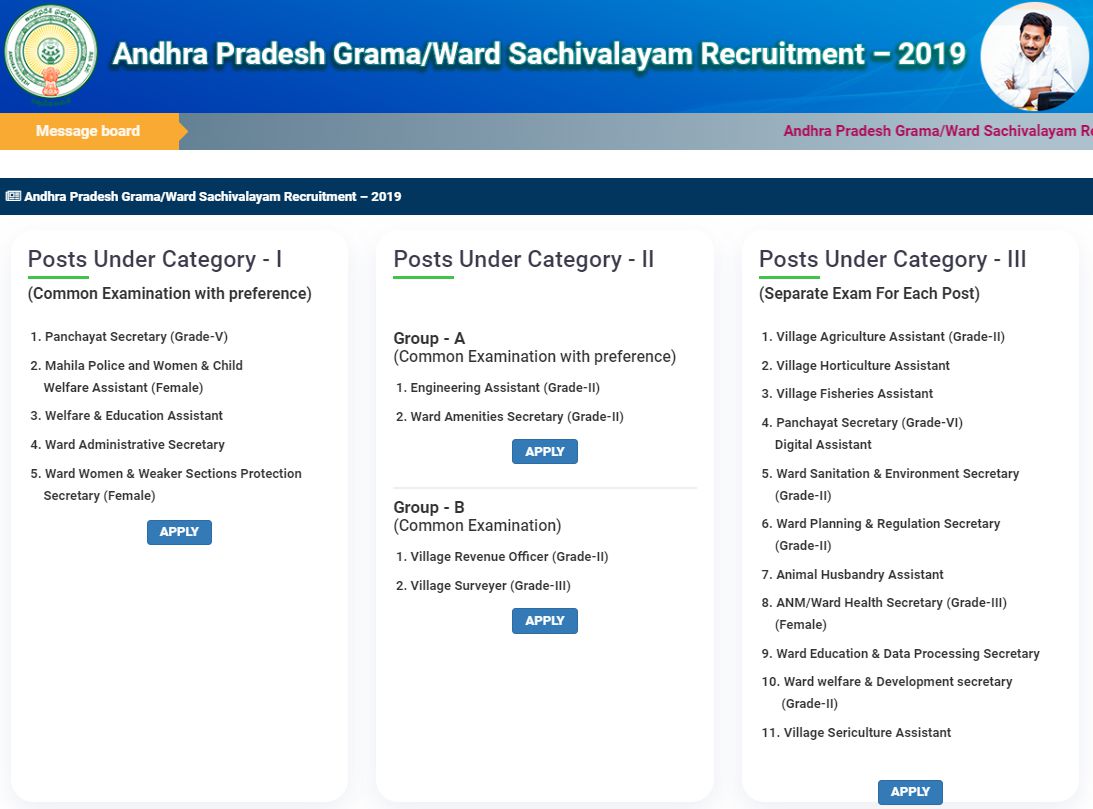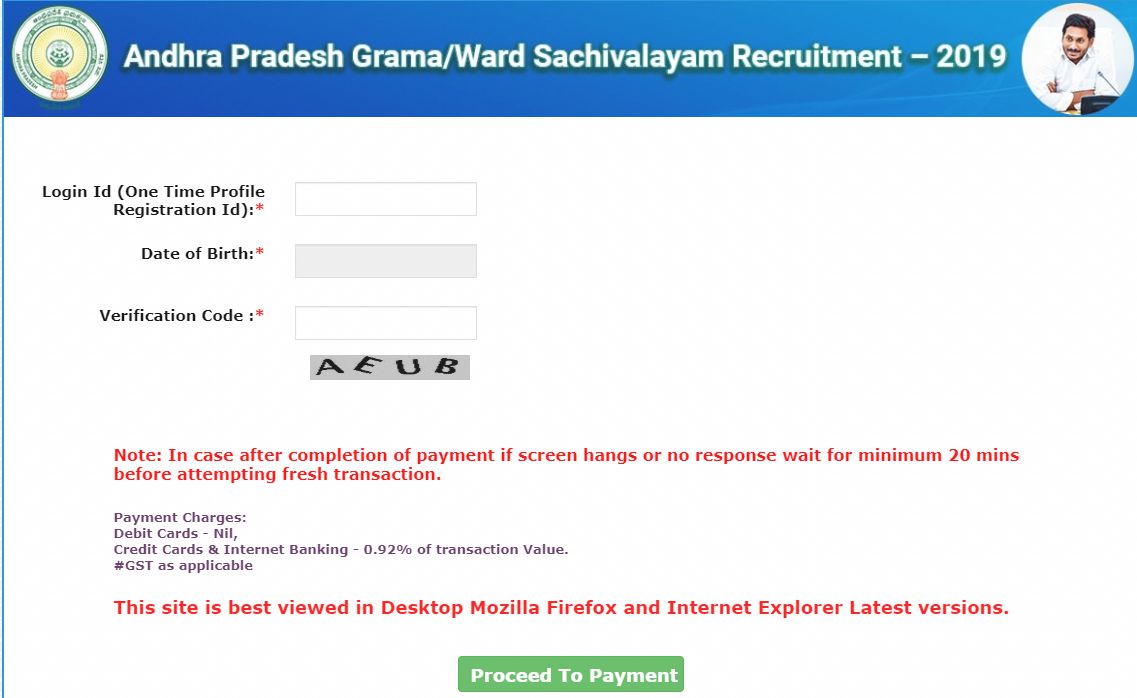AP Grama Sachivalayam Hall Tickets Download 2023 – Ward Sachivalayam Admit Card Download: Andhra Pradesh State Government to be Released the grama/ward sachivalayam hall ticket 2023 for various category posts. Candidates can Download Grama Sachivalayam hall ticket for Panchayat Secretary, MPEO, VRO, Live Stock Assistant, Women Police, ANM etc posts. AP Govt is going to conduct the sachivalayam written test From April 2023. Approximately, 10 lakh+ expected candidates are Applications Submitted for various vacancies.
All the applicants have to attend the AP Grama Sachivalayam written test in the allotted examination center. Before attending the written test, candidates have to download AP Grama Sachivalayam hall ticket 2023 or AP Ward Sachivalayam admit card from the official website, wardsachivalayam.ap.gov.in/ gramasachivalayam.ap.gov.in.
Also Check : AP Grama Sachivalayam Results 2023
AP Grama Sachivalayam Hall Ticket 2023 – Download Ward Sachivalayam Admit Card @ gramasachivalayam.ap.gov.in
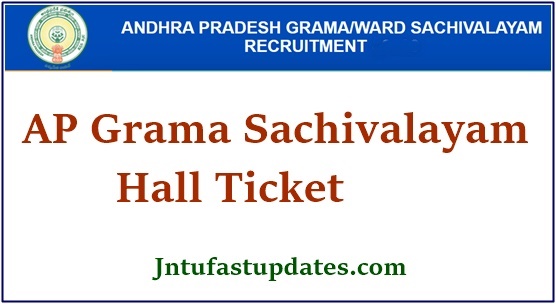
AP State announced a massive number of grama sachivalayam posts recently. As per the notification, 14523 grama ward sachivalayam posts have been announced by the government of AP. Candidates will be recruited through the written test and interview rounds. Competitors qualifying all the selection rounds will be finally recruited for various posts. Officials of the Panchayati Raj and Urban Development Departments, as well as the top 12 branches of the departments, are gathering to recruit the eligible aspirants for announced posts.
AP Grama Sachivalayam Admit Card/ Hall Ticket 2023 – Important Details
| Name of the Organization | AP Govt |
| Name of the job roles | Panchayat Secretary, VRO, ANM, Women Police Attendant, Electrical Assistant, Engineer Assistant, Welfare Assistant & other Posts |
| Number of vacancies | 14523 |
| Exam Dates | April 2023 (Tentative) |
| AP Village Secretary/ Grama Sachivalayam Admit Card Release Date Status | Release Soon |
| Official Website | wardsachivalayam.ap.gov.in, gramasachivalayam.ap.gov.in |
Download AP Grama Sachivalayam Admit Card – Ward Sachivalayam Hall Ticket 2023
Aspirants applied for AP Grama Sachivalayam posts will have to attend the written test round soon. The written test round is going to be held in various examination centers across the state. Candidates who have applied for AP Grama Sachivalayam posts will have to attend the examination in their allotted examination center. The exam center details will be specified in the hall ticket. Hall tickets will be available to download at wardsachivalayam.ap.gov.in/ gramasachivalayam.ap.gov.in. Tentatively, AP Sachivalayam will release the hall tickets before 10 days of the examination. After downloading the hall tickets, aspirants can check the information about their exam center and various other details.
Hall ticket/admit card contains the information of,
- Examination venue
- Date of the test
- Timings of the test
- Candidate’s name
- Register number/hall ticket number
- Date of birth of the candidate
- Father’s/Mother’s Name
- Candidate’s signature
- Candidate’s Photograph
Candidates who are going to appear for the exam can check all the details clearly from their respective hall tickets. If any corrections in the name or any other column appear, then the candidates can request for necessary correction through the official website or specified helpline numbers. Candidates have to carry the identity proof along with the hall ticket. Do not forget to carry the admit card while going to the examination. Also, a candidate’s identity will be verified at the time of allowing the candidate to the examination.
The identity proof that the competitors can carry is,
- Aadhar Card
- PAN Card
- Passport
- Driving Licence
- Ration Card
- Or any others.
AP Grama/Ward Sachivalayam Hall Tickets 2023 will be Released Soon. Download From Below
Download AP Grama Sachivalayam Hall Ticket 2023 – Available Soon
Download AP Ward Sachivalayam Hall Ticket 2023 – Available Soon
Know Your AP Grama/Ward Sachivalyam Exam Center Venue – Available Here
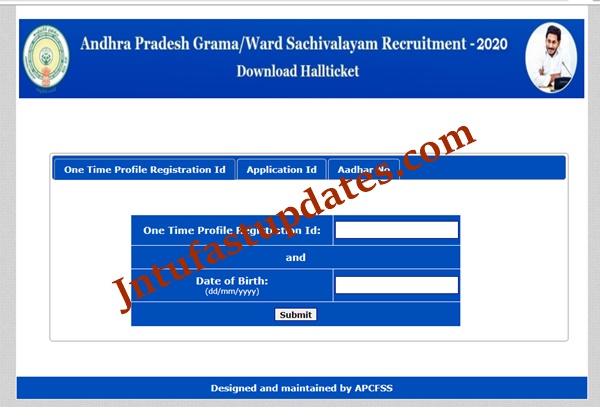
Note: The Hall Ticket must be presented for entry into the examination center along with atleast one original valid Photo identification card issued by Government i.e Passport, PAN Card, Voter ID, Adhar Card, Government Employee ID or Driving Licence etc.
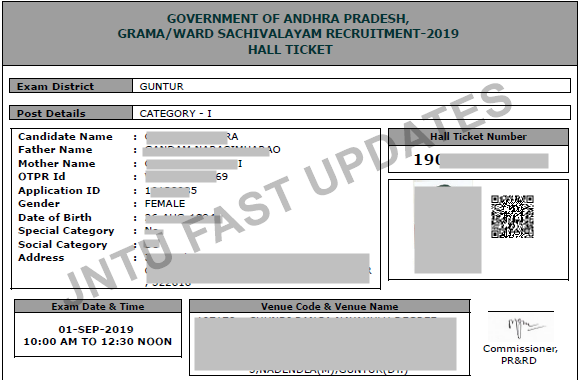
IMPORTANT INSTRUCTIONS TO THE CANDIDATE
1. All the information pertaining to the candidate given above is as submitted by the candidate through online application. Hence, candidate alone is responsible for the entries made by her / him.
2. The Hall Ticket must be presented for entry into the examination hall along with at least one original valid Photo identification card issued by Government i.e., Passport, PAN Card, Voter ID, Aadhar Card, Government Employee ID or Driving License, etc.
3. If you have downloaded the Hall Ticket without photo/blurred photo / too small photo / photo without signature, you should bring 3 Passport size Photos duly attested by Gazetted Officer and hand over the same to the Invigilator in the examination hall, failing which you will not be admitted to the examination.
4. Candidates will be allowed inside the exam centre from 8.00 am / 1.00 pm. No candidate will be allowed after 10.00 am / 2.30 pm Candidates are advised to check the location of exam centre in advance and also reach the examination centre early to avoid last minute rush.
5. Candidates are suggested to visit the examination venue, a day in advance, so that they can reach the venue on time on the day of examination.
6. Candidates are not allowed to bring any Electronic devices such as Mobile/Cell Phones, Calculators, Tablets, I-Pad, Bluetooth, Pagers or any other device capable of interacting/Programming to the examination Centre. Any violation of the above leads to disqualification of candidature.
7. Candidates will be permitted to appear for the examination only after their credentials are verified by centre officials and after frisking to ensure that no prohibited articles are carried (writing pads & hand bags are also not allowed). DSC will not make any arrangements for safe custody of prohibited devices and candidates shall make their own arrangements.
8. Please check the Answer sheet and read the instructions on it as well as on Question Booklet carefully. You should use ball point pen (blue / black) only to fill the required particulars and to encode your Question Booklet series (A or B or C or D) at appropriate places in the answer sheet. Failure to encode / wrong encoding of Question Booklet Series will lead to invalidation of answer sheet. Writing with Pen or any other writing device at wrong places will also lead to invalidation of your Answer sheet.
9. Candidate must enter required details in Nominal Roll cum Attendance sheet in legible handwriting and put their signature at appropriate place.
10. You should put your signature and get the signature of the invigilator at the appropriate places in the Answer sheet.
11. OMR sheets supplied to the candidates consist of two copies, the original copy on the top and the duplicate copy at bottom. After completion of the examination, the candidate should handover the original OMR answer sheet (top sheet) to the invigilator and carry the bottom sheet (duplicate) for his/her record.
12. You should not mark answer choices on the Question Booklet under any circumstances.
13. You have to bubble the answers on the OMR sheet with ball point pen (Blue/Black) only. Bubbling by Pencil / Ink pen / Gel pen is not permitted in the examination and such answer sheet would be invalidated.
14. Use of whitener or any other marker on OMR sheet will lead to disqualification. Possession of whitener or any other marker other than Ball point Pen in the examination hall will lead to disqualification of your candidature.
15. The candidates are also informed that under no circumstances should the candidate take away the main answer sheet and if he/she does so he/she will be disqualified besides initiating necessary proceedings under AP Public Examinations (Prevention of mall practices and unfair means) Act 1997.
16. Candidates are prohibited from communicating, consulting or conversing with other candidates in the Examination hall or causing disturbance in any manner whatsoever. Candidates are prohibited from borrowing any item from other candidates in the Exam-Hall. In case of any disturbance, such candidates would be disqualified.
17. Candidates are expected to behave in orderly and disciplined manner while writing the examination. In case of impersonation / disorder / Rowdy behavior during examination in and around the examination centre, necessary FIR for the incident will be lodged with concerned Police station apart from disqualifying the candidature. The Center Superintendent / Center Special Officer / Hall Superintendent / Invigilator is duly authorized to take spot action in such cases.
18. Frequent visits to the toilets are not permitted. Candidates are advised to use the toilet facility only in case of extreme necessity. If any candidates are found to be indulging in discussions or malpractice near the toilets or corridors or any other places after going out of the Hall under the plea for going to toilet or otherwise they would be disqualified.
19. The total duration of the examination is 150 minutes. The question paper will be in English with Telugu translation. The English version will be considered as authentic for valuation purpose.
20. NEGATIVE MARKS: For each wrong answer will be penalized with ¼ (0.25) of the marks prescribed for the question, would be deducted.
21. Candidates will not be permitted to leave the examination hall till the expiry of full time. If any candidate leaves the examination hall in the middle, he would be disqualified.
22. Admission to the examination is provisional subject to the confirmation / satisfaction of conditions laid down in Notification and also subject to satisfying the eligibility criteria and verification of required certificates at a later stage. Admission / Appearing to the Examination does not confer ipso facto right for recruitment / selection.
23. Violation of any of the instructions may lead to invalidation of Answer Sheet besides penal action. Rules of punishment are governed by 18/10/2016. AP Public Examinations (Prevention of mall practices and unfair means) Act 1997.
24. Candidates are advised not to bring the Original Certificates like S.S.C, Intermediate, Degree, Integrated Community Certificates, Non – Creamy Layer for B.C candidates, Study from Class – IV to X to the examination hall but keep them ready for production at a later date.
25. Any violation of the above instructions, adopting any unfairness, or indulge in any unfair examination practices shall entitle disciplinary action on the candidate which may include debarment from appearing any of future tests.
26. Visually impaired candidates (40% disability and above) and orthopedically challenged (those who are not having both hands) are allowed the assistance of the scribe.
27. For any further clarification please read the Notification and Corrigenda available at https://vsws.ap.gov.in.
28. More information on examination address, location and other details can be accessed from https://vsws.ap.gov.in or gramasachivalayam.ap.gov.in
How to Download AP Grama Sachivalayam Hall ticket 2023
- visit the official AP Grama Sachivalayam website, wardsachivalayam.ap.gov.in, gramasachivalayam.ap.gov.in
- Search the AP Grama Sachivalayam Hall Ticket download 2023 link in organization website.
- Click the download link and enter the required details like Name and registration no.
- Submit the details and it will display on the screen after some time.
- Check the information in AP Sachivalayam Hall Ticket 2023.
- Save or download the admit card and take a printout.
IS Released Ap Grama Sachivalayam Hall Tickets 2023?No, AP Grama/Ward Sachivalayam Exam hall tickets to be released Soon in April 2023.
What are the AP Grama Ward Sachivalayam Exam Dates?April 2023 (Expected) as per information
How can i Check my Exam Center Name?Approximately, 3000 to 5000 test centers will be allotted for examinations.
what are the necessary precautions to be taken due to Covid 19?Social distancing, Wearing Masks & Gloves should be compulsory while writing the exam due to corona pandemic.
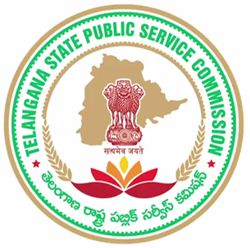

320-x100(1).gif)

